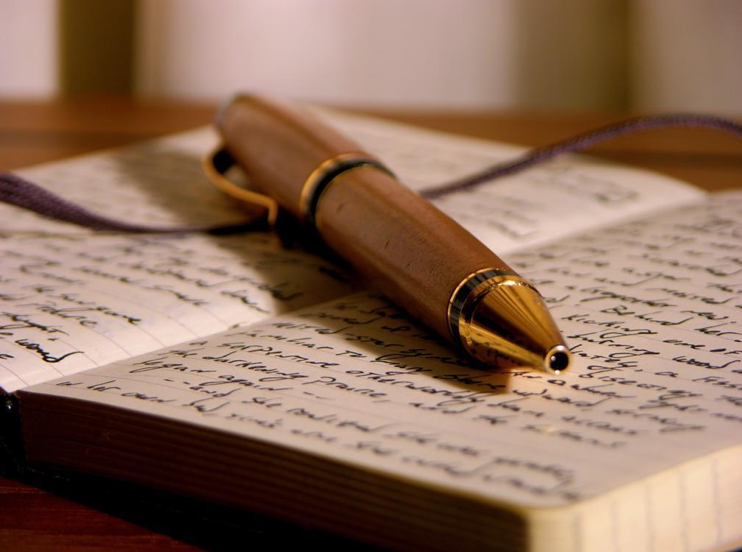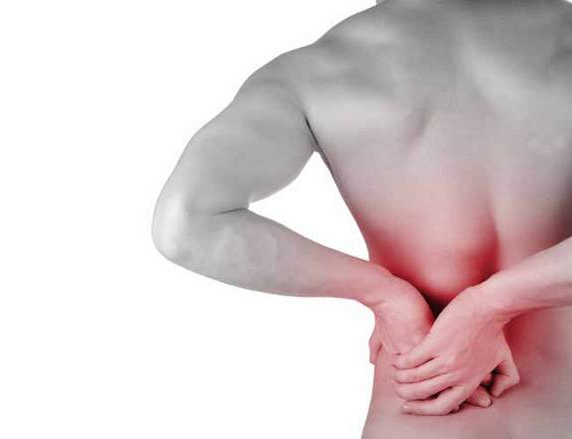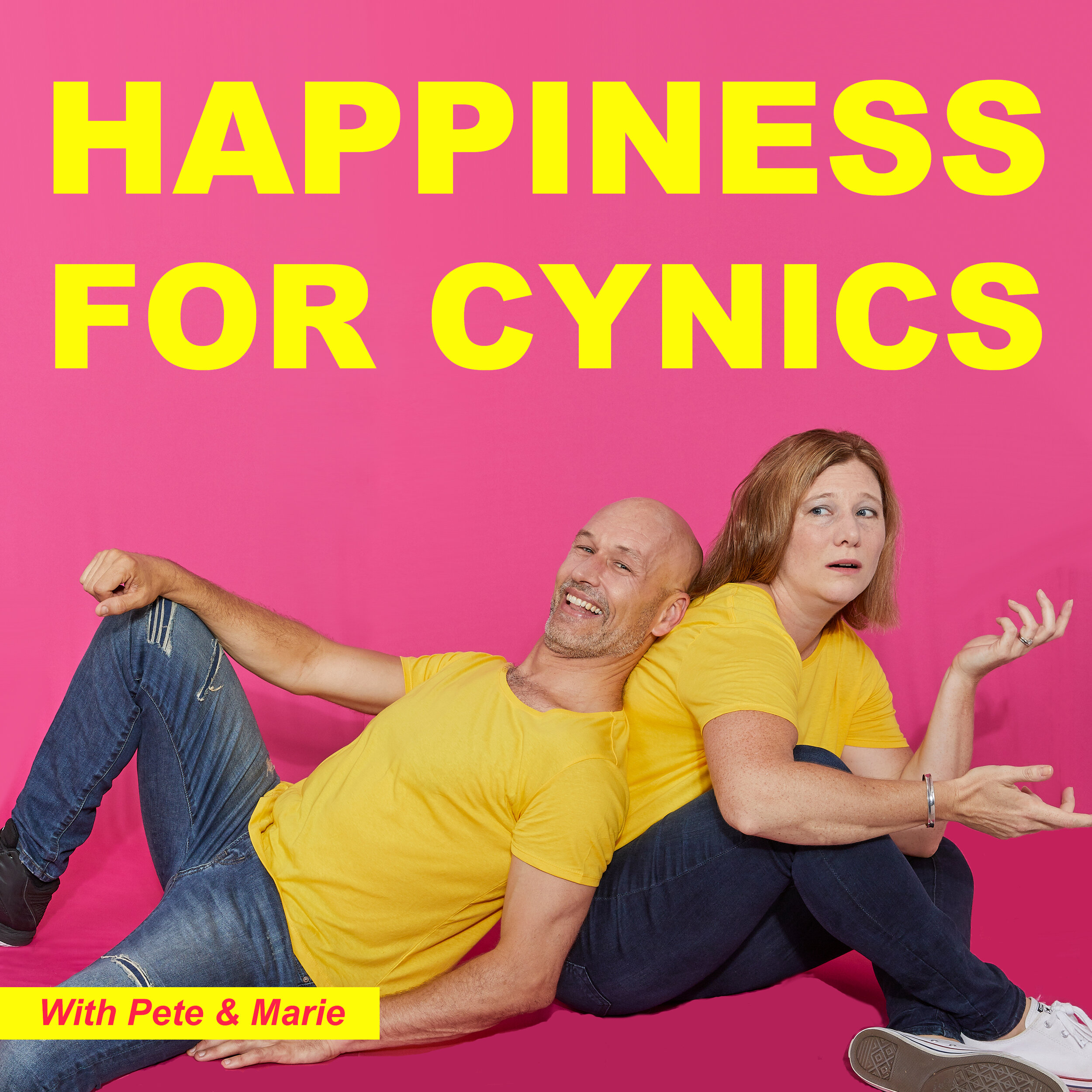Arriving into work one morning, I had been lazily pottering around the house and enjoying the fact that I had actually woken up with ample time to do all the morning obligatories and then have time for a casual coffee in the garden in what seemed like an idyllic spring morning. So you can imagine my discomfort and annoyance when about 2min into my lazy commuter ride to work on my trusty fixie, I was douched with a sudden downpour of vesuvian proportions… ok well maybe not that but out of nowhere this epic raincloud totally engulfed my otherwise ‘Snow White’ morning experience.
Luckily, being a massage therapist, there is always a dryer on site. In go the saggy crotchety shorts, the sopping to shirt, socks, undies (yes I always keep a spare in the drawer just in case the ambulance may have to come and cart me off to hospital) and socks. I figure I have 20min spare, they will dry before then. Much to my annoyance it seems socks are too small an item to render the automatic sensors on my Fisher and Paykel obliging enough to dry them completely.
So into my barrel of odds and sorts and i find a pair of flip flops in my drawer. This will do - I can look like a Byron Hippy for a client or two. And so I entered my first treatment of the day with my banana leaf thongs, upturned jeans and an air of professionalism summoned from my glowing demeanour. About 15min into the treatment, my feet begin to resemble a tropical weather pattern and are sweating like crazy. I mean really - who sweats in thongs? Obviously me. So off go the temporary footwear after a casual downwards sniff to ensure that I haven’t got too much smell wafting up into the face hole of my table.
I felt FANTASTIC. It was worth remarking that for much of my life in my 20’s and 30’s I was ‘non shod’. Free as a bird with my feet plying all manner of surfaces and my dexterity of my rather fabulous metatarsals (thanks Dad - I got his feet) willingly grasping supporting and moving me with grace around various locations. It reminded me of how I used to love to work in my very first studio in Adelaide barefoot, not caring for occupational standards and feeling ‘at one with the earth and allowing the energy that may have been absorbed from my client to flow freely up my arms, through my torso down into my legs and out into the earth via my terpsichorean tendrils that were my feet.
It always felt good to be barefoot. I have always enjoyed it. Now whilst the tone and dexterity of my descriptive introduction may be causing some raised eyebrows and clutches for the kleenex over one’s nose and mouth - its worth proposing - why not barefoot? Its actually quite important for us to go barefoot for a period of time each and every day. Any muscles in the body need training and the muscles in the feet need exercise just as much as any major muscle group. It is not enough to say that you are on your feet all day. Standing only does a tiny part of the job. Our feet are flexible, fantastic, feline like tendrils that have an incredible range of motion and articulation that is almost as dextrous as the hand. And if we don’t use those muscles, then they lose their tone and ability to work.
“¥our feet are like a minnow bucket full of sensory neurons, all of them wriggling around searching for stimulation.”
How many of us do exercises that see us standing on one foot? Balancing is such a unique function of the foot and when we are standing and balancing, those wonderful neurons are getting information and sending messages to the brain that are giving us all sorts of feedback on how best to maintain balance and muscular activation that keep us upright. Training that proprioception is vital. Try a single leg GOOD MORNING exercise and you will soon feel your Flexor Hallucis very acutely kicking in as you try to maintain your balance. This is where the yogi’s have it - doing things on one leg encourages better stability and strength. So that when you hit that divot in the pavement and end up balancing on one foot awkwardly, some of us recover better than others. That propriception is vital to keeping us upright and getting us out of sticky situations.
So why do we run in shoes? Why have we always spent so much money on expensive athletic performance footwear if it is so bad for us? It comes from what we have developed with. As we grow up and develop and start to do PE at school, we are encouraged to wear shoes as this helps to protect our feet against cuts, abrasions and issues that come from stepping on rocks, turf and even glass or implements left in the playground. This western model of footwear starts to change the way our feet develop and thus our walking and running style. This becomes the issue later as we start to do ‘exercise’ in our adult life and the idea of wearing shoes is so inbred in us that we naturally have been indoctrinated into believing that shoes are the best thing for us. However, there is overwhelming evidence from so many bodies, scientists and researchers that disprove this affinity for the shoe.
When you compare barefoot runners with shod runners for example, the research evidence I have encountered is quite clear that whilst the injury rate may not be differential between the two groups, the types of injuries that we experience in shod vs barefoot runners is very unique. A British Journal of Sports Medicine study in 2016 concluded that “barefoot runners were more likely to experience plantar surface injuries and abrasive injuries to the sole of the foot, while plantar fasciitis, patellofemoral pain and ITBS were seen more among shod runners.”
Christopher Macdougall talks about this in detail in his book “BORN TO RUN” the venereated bible of the barefoot movement. Very few of us have a great ability to be able to run. Our gait is terrible and our alignment looks like “Frankensteins monster trying to tango”. The natural alignment of the body and the stability required to walk comes from our feet as much as from our core and hips. Our ankles, knees and hips are all reliant on a flexible and ambulating foot fall or foot strike that allows us to have the ‘inverted pendulum’ that is one of the marvels of design of the homo sapien. If we limit that flexible movement with shoes and perhaps worse still, a cushioning spongy heel, then the whole system can be thrown out and as we have discussed in other articles, the stacking of head on spine on pelvis on knee on ankle becomes like “someone ought to jam a wallet in between my teeth and call for an ambulance”
Our reliance on shoes comes from our earliest development as children. It is proferred by childhood development research that we don’t allow our toddlers to walk in shoes too much at an early stage as this impedes the development of muscles, nerves and the processing of cerebral information that informs our development as a walking being. There is also the question of muscular development, of intrinsic and extrinsic muscles of the foot getting stronger and supporting the arches and alignment of the 26 bones that make up our feet.
Tracy Burn, a podiatrist in podopaediatrics in the UK states - “Walking barefoot develops the muscles and ligaments of the foot, increases the strength of the foot's arch, improves proprioception (our awareness of where we are in relation to the space around us) and contributes to good posture.” She goes on to say that walking barefoot allows our cerebral cortex to process balance and posture and the feedback we get from being barefoot prevents us from having to look down which in turn causes a toddler to fall down as the heaviest part of their body (the head) is pulling us forward instead of being up and out and balancing on our spine.
This viewpoint is echoed by Mike O’Neill from the British Society of Chiropodists and Podiatrists who promotes a barefoot existence and the development of muscular reinforcement and balance from not relying on stiff, inflexible footwear that negates our ambulating pendulum of gait and our natural walking rhythm. "From a functional perspective, shoes shouldn't be necessary. In fact, there are more likely to be disadvantages and problems from wearing shoes than not wearing them” . this sentiment is echoed by so many publications and research bodies in the United States and here in Australia. The more we go barefoot and don’t rely on shoes, the better our development of proprioception, foot strength, balance and posture will be.
Many researchers talk about the importance of the neural feedback gained from being barefoot that provides so much benefit to our other systems in our body. Patrick McKeon of the Ithaca College School of Health Sciences and Human Performance in New York perhaps sums it up well when he states: “the small, often overlooked muscles in the foot play a vital but underestimated role in movement and stability, similar to the core muscles in the abdomen”. These small muscles and nerves are quite clearly vital for the bio feedback our brains rely on to make other important and adjustable decisions. We stand on our feet and they are designed over eons to give us the ability to sense, feel and be a strong stable platform for movement.
“Our natural walking pattern is unique - like a fingerprint”
Every person has their own unique gait. The way we walk is as distinctive as our fingerprint and in that way, it can be difficult to perhaps find shoes that uniquely fit our own personalised gait. This is where orthotics sometimes enter the equation. They are designed to negate the generic shoe option and support our unique ‘mould’ to better our gait. But as I have said before, are we relying on teh orthotic to do the work of our muscles. Why not develop the muscles themselves? This is my viewpoint for prescribing long walks on the soft sand at the beach. Work your feet and develop the muscles and you will feel better with your run, walk and jump.
When we impede the foots informative function from wearing shoes, there is evidence to explain why we end up with other injuries. The alignment that depends upon so much of the flexibilty of the footfall and the rolling of the plantar surface is upset when you place a fixed, inflexible ‘sole’ underneath it. Patrick Mckeon proposes that Without the information provided by the small muscles in the foot, the larger muscles over-compensate and over-exert beyond the point of their natural ability to maintain and repair themselves. And when these muscles are no longer able to absorb the forces of activity, the forces are transferred to the tendons, bones and ligaments, resulting in an increased risk of injury.”
It follows that the slow onset of issues such as shin splints, patellofemoral syndrome, anterior hip pain in the psoas, even sciatic symptoms and gluteal pain can be attributed to this lack of information passed from the intrinsic muscles of the foot. Again, we see it in the previously cited example of the toddler not having to look down because the foot are giving the information about what is underneath us. Ever stepped on a sharp rock or burr in the football oval? How quickly we leap and jump to avoid this pain and further injury. Like our eyelid closing when a fly hits our eye - the feet are vital for these changes and feedback that rule our innate survival mode skill base.
So all in all - the advice is to get out of our shoes, get in touch with mother earth and go run barefoot through the forest. Get dirty toenails, get grubby feet and muddy ankles. Its not a far fetched hippy-esque ‘connection with the earth’ mentality. Its scientifically supported that we should be barefoot for part of our day. So when you see me barefoot in the clinic - don’t be surprised. I’ll be tripping and pirouetting on the outside and feeling ‘at one with the earth’ as I used to do.



